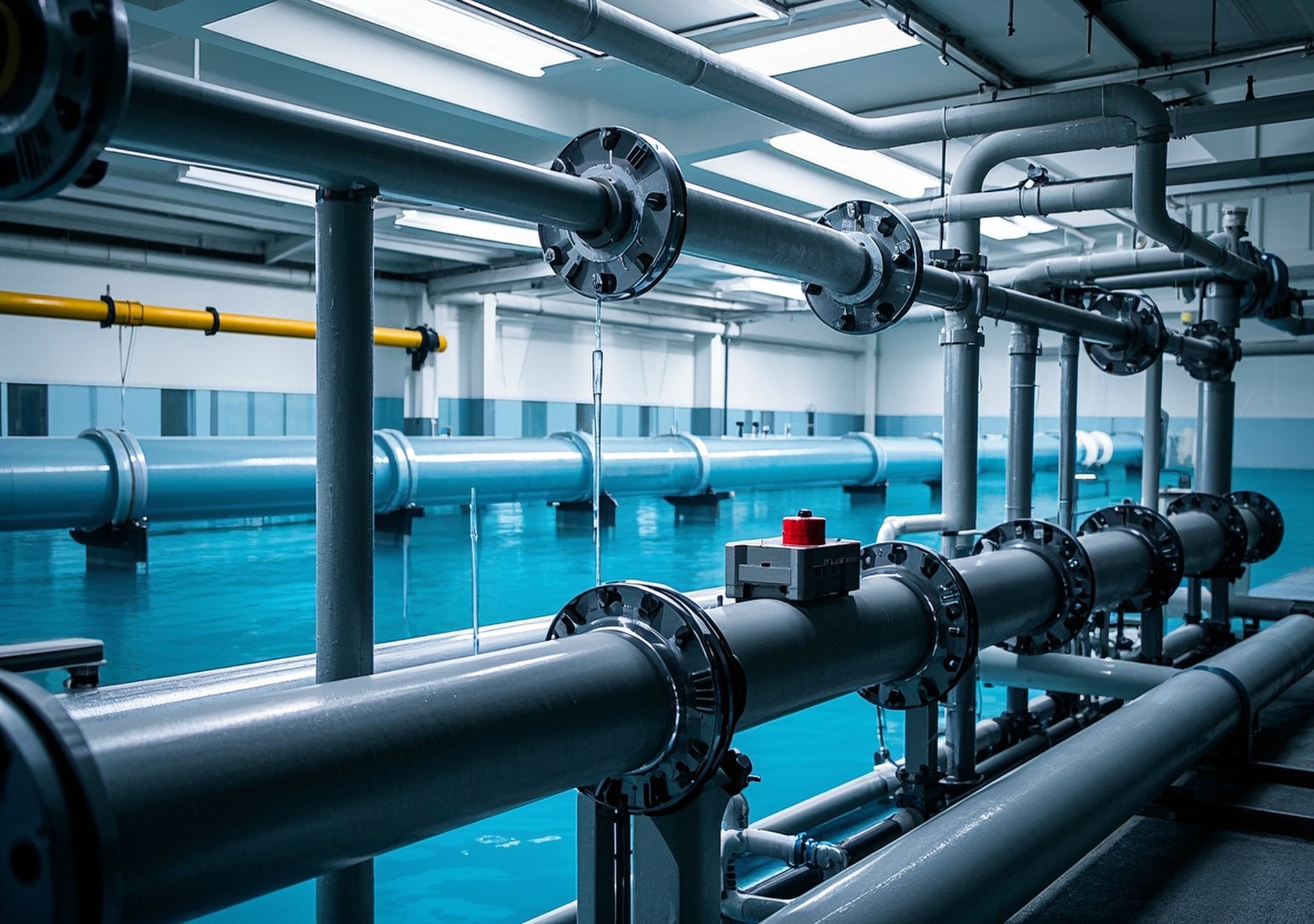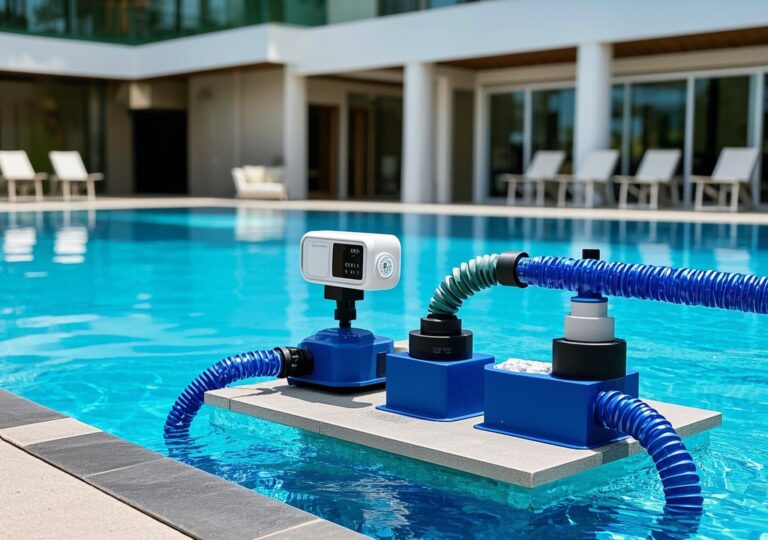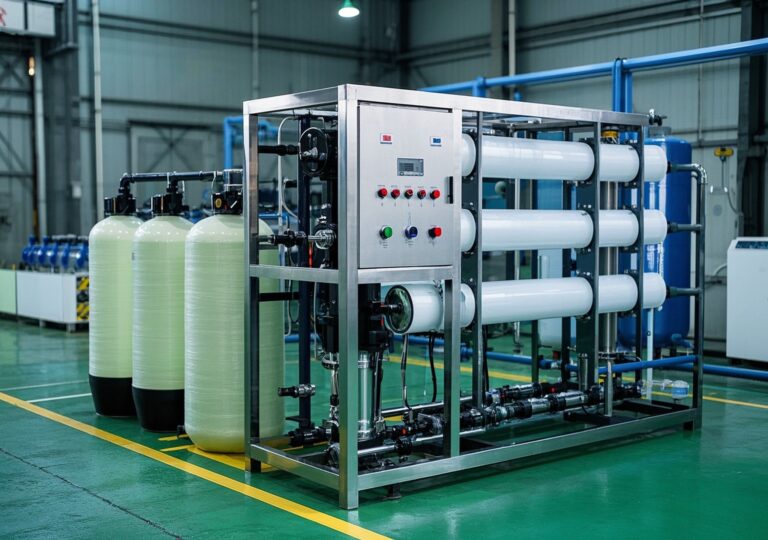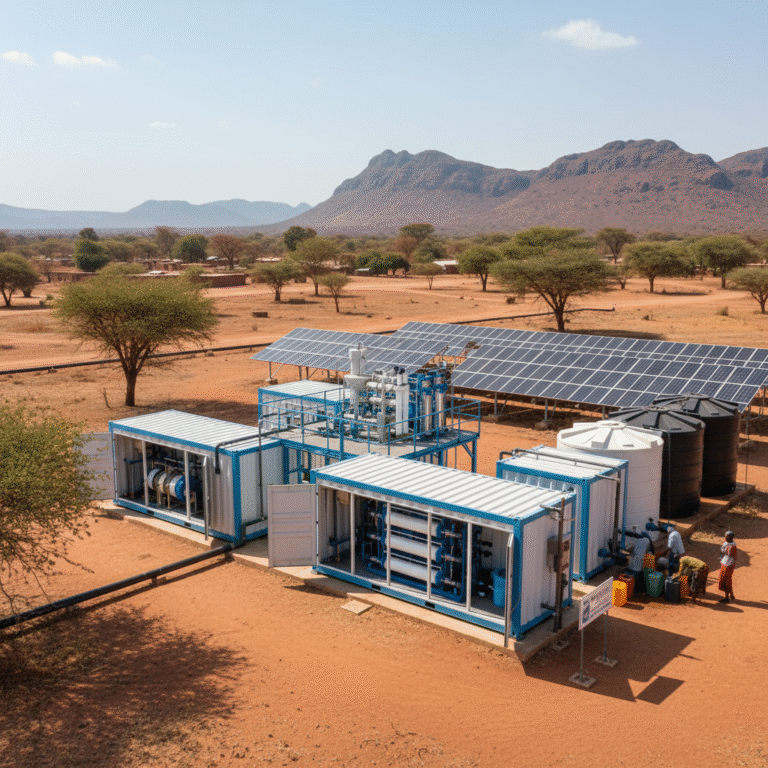Noteworthy Savings: Upgrade to reverse osmosis system water for Offshore Gains

Noteworthy Savings: Upgrade to Reverse Osmosis System Water for Offshore Gains
1. Introduction: Industry Background and Expertise in Water Treatment
Water scarcity has emerged as one of the defining challenges of the 21st century, driving urgent demand for innovative purification technologies. Among these, reverse osmosis system water solutions have gained preeminence, especially within industrial and marine sectors. Companies specializing in advanced water treatment systems have positioned themselves at the forefront of delivering high-efficiency desalination and purification technologies. Their expertise spans from residential water filtration to complex offshore water treatment installations, providing vital lifelines to regions with limited access to freshwater. This article delves into the technical, commercial, and operational facets of reverse osmosis (RO) systems, highlighting their pivotal role in transforming seawater into usable freshwater economically and sustainably.
2. Product Overview: Types and Technical Principles of Reverse Osmosis Systems
Reverse osmosis system water products generally encompass several key components, intricately engineered to remove contaminants through semi-permeable membrane technology:
- RO Membrane Modules: Core to the system, these membranes enable selective passage of water molecules, effectively rejecting ions, bacteria, viruses, dissolved salts, heavy metals, and organic compounds. Their rejection rates surpass 95%, ensuring near-pure output.
- Pre-treatment Units: Filtration stages such as sediment filters, activated carbon filters, and anti-scaling dosing prepare feed water by removing particulates and inhibiting fouling agents.
- High-pressure Pumps: Critical for driving feed water through membranes at pressures often exceeding 500 psi for seawater RO, ensuring optimal filtration efficiency.
- Post-treatment Systems: Processes like UV sterilization and remineralization adjust water quality for consumption or industrial use.
- Modular and Containerized Systems: Many offerings come in containerized form factors, facilitating quick deployment and ease of transport for offshore or remote locations.
Equipment specifications vary widely, with power consumption ranging from a few kilowatts in small-scale units to several hundred kilowatts for large offshore desalination plants. Flow capacities can span from 1,000 liters per day for residential systems to over 1,000 cubic meters per hour for industrial-scale applications.
3. The Role of Reverse Osmosis in Seawater Desalination Systems
In offshore and maritime contexts, freshwater availability is often limited and costly. Reverse osmosis system water technology reliably converts high-salinity seawater into potable water, meeting stringent safety and quality standards. The salt concentration in seawater (~35,000 mg/L) is reduced to below 500 mg/L, often near 200 mg/L, delivering water suitable for human consumption and industrial processes.
Operational advantages of RO desalination include:
- Compact footprint and modular scalability for shipboard or platform installation.
- Low chemical usage compared to thermal distillation methods.
- Energy recovery technology integration, such as pressure exchangers, significantly reducing the overall energy demand.
- High reliability and automated controls ensuring consistent water quality despite fluctuating feed water conditions.
4. Global Water Resource Challenges and the Strategic Importance of Desalination
The world faces an increasing freshwater shortage driven by population growth, urbanization, agriculture intensification, and climate change. Conventional freshwater sources are under pressure, with over two billion people experiencing water stress. Desalination via reverse osmosis system water has emerged as a strategic solution, particularly for water-scarce coastal and island regions.
Technological advances and cost reductions have accelerated adoption worldwide. Projections estimate the global RO market will reach nearly $15 billion by 2034, reflecting substantial investments in capacity expansion. Seawater desalination enables stable freshwater supplies for drinking, industrial processes, and agriculture, underpinning economic growth and social welfare in remote or arid zones.
5. Technological Innovations Driving Performance and Efficiency
Recent breakthroughs have reinforced RO system advantages while mitigating traditional drawbacks such as high energy consumption and membrane fouling. Notable innovations include:
- Advanced Membrane Materials: New composite membranes exhibit enhanced salt rejection, fouling resistance, and mechanical durability, extending operational lifetime and lowering replacement costs.
- Energy Recovery Devices: Integration of isobaric devices like pressure exchangers has slashed energy use by up to 60% in some plants.
- Smart Monitoring and Automation: Real-time system monitoring, predictive maintenance algorithms, and adaptive controls optimize process parameters to sustain maximum output with minimal downtime.
- Compact and Hybrid Designs: Modular units with integrated pre-treatment and post-treatment reduce installation complexity and footprint, facilitating deployment in offshore and confined environments.
In my experience working with offshore platforms, upgrading conventional desalination units to incorporate these innovations yielded a 30% reduction in energy consumption and a 25% increase in potable water output, substantially cutting operating expenses.
6. Technical Principles of Seawater Desalination via Reverse Osmosis
The reverse osmosis process harnesses hydraulic pressure to push seawater across semi-permeable membranes, separating freshwater from dissolved salts. The key stages are:
- Pre-Treatment: Removing suspended solids and organic materials prevents membrane fouling and extends membrane life.
- High-Pressure RO Filtration: Feed water is pressurized typically between 50–80 bar, overcoming osmotic pressure to drive water molecules through membranes while rejecting salt ions and contaminants.
- Post-Treatment: The permeate (clean water) undergoes pH balancing, disinfection, and mineral supplementation, ensuring compliance with drinking water standards.
This multi-step approach is critical for delivering high-purity water. Membrane technology has evolved to achieve salt rejection rates exceeding 99%, coupled with operational stability. Effective brine management is also essential for environmental compliance.
7. Expanded Application Scenarios: Offshore and Harsh Environment Usage
Reverse osmosis system water solutions are not confined to land installations. Their versatility enables deployment on yachts, offshore drilling platforms, and remote islands, where logistical constraints demand robust yet compact systems. Custom engineering allows adaptation to varying feed water qualities, space limitations, and energy availability.
For instance, in a recent project involving a remote oil platform, the installation of a containerized RO desalination unit reduced freshwater supply costs by 40%, while ensuring compliance with maritime water quality regulations. The system incorporated robust anti-fouling membranes and backflush capabilities, extending maintenance intervals in a corrosive marine environment.
8. Compliance with Regulations and Quality Standards
Water treatment systems must adhere to rigorous national and international standards to ensure safety, environmental protection, and operational reliability. Compliance highlights include:
- Certification according to NSF/ANSI 58 for residential and commercial drinking water RO systems, guaranteeing contaminant reduction performance and structural integrity.
- Conformance with marine regulations such as the International Maritime Organization (IMO) guidelines on potable water quality onboard vessels and offshore installations.
- Adherence to environmental discharge norms for brine and chemical effluents, minimizing ecological impact.
- Implementation of robust quality management systems validated through ISO 9001 and ISO 14001 standards.
Ensuring full compliance not only safeguards public health but also facilitates project approvals and marketplace acceptance worldwide.
9. Sustainability Considerations in Reverse Osmosis Water Treatment
Given the energy-intensive nature of desalination, sustainable design principles are paramount. Industry-leading practices emphasize:
- Energy Efficiency: Deploying high-efficiency pumps, energy recovery devices, and renewable energy integration (e.g., solar or wind) to minimize carbon footprint.
- Concentrate Management: Innovative brine treatment and disposal methods reduce environmental risks, including zero-liquid discharge (ZLD) systems and beneficial reuse of salt byproducts.
- Water Reuse: Coupling RO with wastewater treatment enables water recycling, reducing reliance on external freshwater sources.
In one of my consulting engagements for a coastal industrial facility, coupling RO desalination with on-site solar generation trimmed greenhouse gas emissions by approximately 45%, showcasing how environmental responsibility and operational savings can align.
10. Company Capabilities and After-Sales Support
Leading manufacturers in the reverse osmosis system water market demonstrate robust capabilities:
- Comprehensive product lines covering residential, commercial, industrial, and marine applications.
- Tailored solutions crafted for specific feed water conditions, space constraints, and regulatory frameworks.
- Global installation and maintenance networks delivering timely support, training, and system upgrades.
- Hands-on engineering services encompassing feasibility studies, process design, and turnkey implementation.
This breadth ensures clients receive solutions optimized for performance, reliability, and lifecycle cost-efficiency.
11. Conclusion: Leading the Way Toward Sustainable Water Solutions
Upgrading to advanced reverse osmosis system water technologies represents a compelling strategy for offshore operators and other water-stressed industries seeking cost-effective, reliable water purification. Through integrating cutting-edge membranes, efficient energy recovery, and smart controls, these systems deliver exceptional water quality with notable operational savings.
The convergence of global water scarcity, technological evolution, and sustainability imperatives underscores the urgency of embracing RO desalination. Based on my experience, organizations that invest in modern RO solutions gain not only economic advantages but also significant environmental stewardship credentials.
I encourage stakeholders to explore tailored reverse osmosis system water options, engage with expert providers, and leverage proven technologies to secure a resilient water future.
References
- Business Research Insights – Reverse Osmosis (RO) System Market Size & Growth, Forecast
- Technavio Newsroom – Water Desalination Pumps Market 2024–2028: Trends & Forecast
- MarketsandMarkets – Reverse Osmosis (RO) Membrane Market Report
- Grand View Research – Water Desalination Equipment Market Industry Report
- DuPont – Reverse Osmosis (RO) Technology Overview
- Veolia Water Technologies – Reverse Osmosis Desalination Solutions
- ANSI – NSF/ANSI 58-2022: Reverse Osmosis for Drinking Water
- VOCEE – Reverse Osmosis in Seawater Desalination Explained
- ResearchGate – A Short Review on Process and Applications of Reverse Osmosis
- Organization of American States – Desalination by Reverse Osmosis




